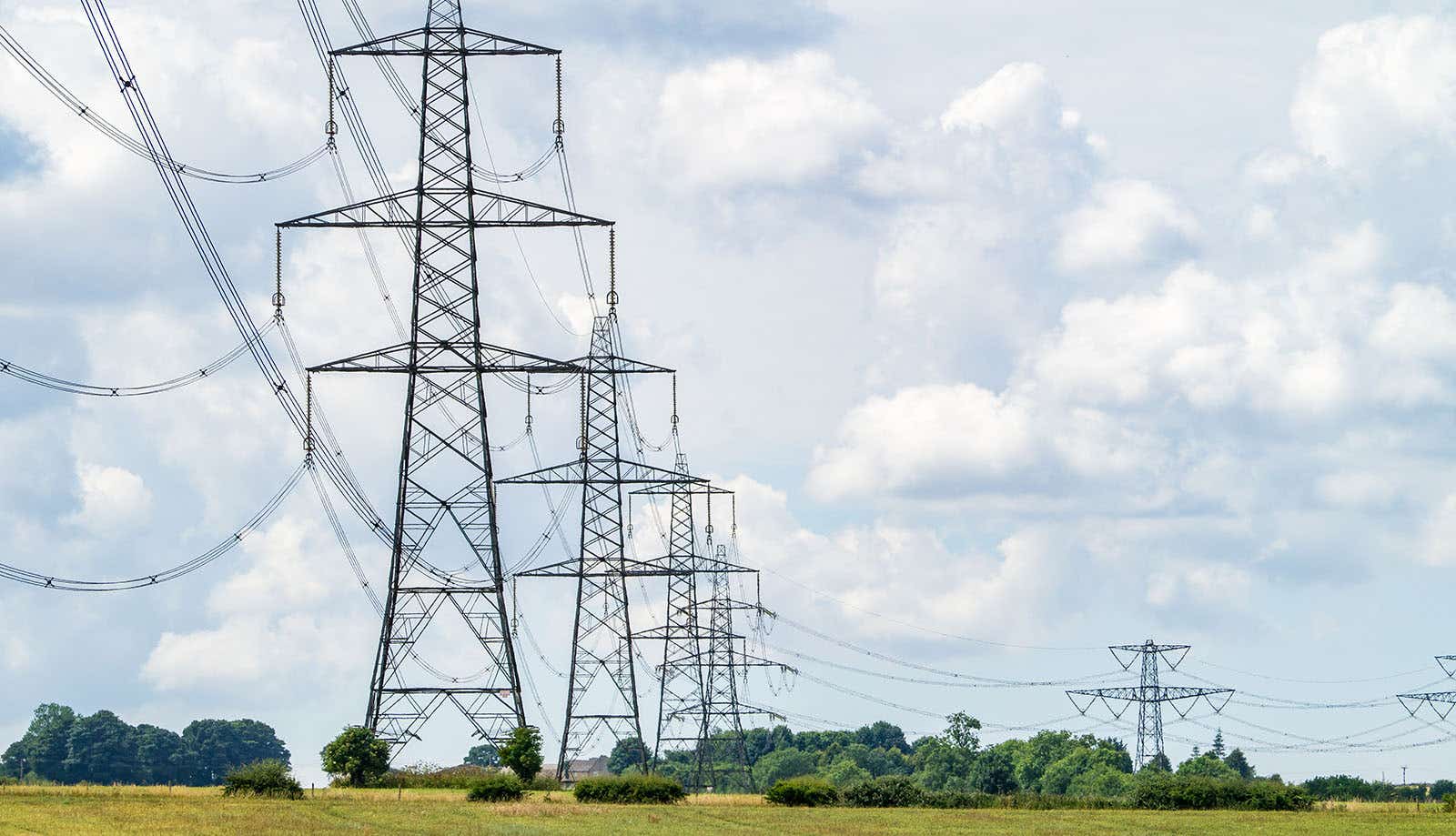- Uswitch.com>
- Gas and Electricity>
- Guides>
- Gas and electricity standing charges - Uswitch
Standing charges on your energy bill
Wondering what a standing charge is and why it appears on your energy bill? You're not alone. This guide will help you understand what standing charges are and whether you're better off on a tariff that includes them or not.
What is a standing charge?
A standing charge on your energy bill covers the fixed costs of providing your home with both gas and electricity (each has its own standing charge).
These costs include the price of keeping your home connected to the energy network, carrying out meter readings, maintenance and other related charges.
Part of your standing charge will also go towards the cost of government initiatives aimed at helping vulnerable homes and reducing carbon emissions.
How do standing charges work?
Your energy plan’s standing charge is a payment you make to your supplier for the reasons listed above. It will be listed on your energy bill as a "daily unit rate". You can find out more in our guide to understanding your energy bills.
Since the Retail Market Review (RMR) every energy tariff has included a standing charge. The idea is that by making all energy plans follow the same price structure, it will be easier for consumers to compare energy tariffs across the market and identify the best one for your household.
How much are standing charges?
As of January 2024, customers in the UK are paying an average standing charge fee of 53.35p per day for electricity and 29.60p per day for gas.
Why are standing charges so high?
The reason that standing charges are so high is because of the high wholesale energy prices that are still affecting the UK energy market. A standing charge helps pay for the miscellaneous costs of your home using energy, which currently costs more than it used to. It also partly covers the costs of suppliers which have gone bust. Around 50 have gone out of business in the past couple of years, so that's another reason standing charges have gone up.
The increase in standing charge costs is frustrating for customers. When the standing charge is high, it disproportionately affects lower energy users compared to higher users. This is because you can reduce your energy usage to try and save money, you will have to pay your daily standing charge even if you use no energy at all.
Is anything being done about high standing charges?
In recognition of high standing charges and their effect on customers, Ofgem has recently conducted a review into high standing charges with the results yet to be released. However, while the review could result in standing charges being lowered, this could mean that the cost of energy goes up or suppliers have to find other ways of covering their maintenance costs.
Which energy tariffs don’t have standing charges?
As mentioned above, all energy plans have standing charges, but a few have them set at £0. If you select a plan with a £0 standing charge, you won’t be paying a standing charge, but you will still see it listed on your bill.
Should I switch to a tariff with no standing charges?
It really depends on your personal circumstances and the availability of the tariffs in the first place. In most cases it makes sense to go for an energy plan with paid standing charges as there is a greater amount of choice and they're usually cheaper than plans that don't have standing charges.
Generally speaking, the way it works is that if you select a plan with high standing charges you are likely to be paying less per unit of energy. If you pay no standing charges, your energy is likely to be pricier.
If you have a property that is uninhabited for a large part of the year, then it is worth considering a plan with standing charges set at £0 - for example, if you have a garage which is separate to your home or a flat which is only used a couple of months a year.
Read more:

Energy back billing errors - Uswitch
Understand how to deal with energy supplier back billing. Discover your rights as a consumer and what you can do if you receive an unexpected energy bill.
Learn more
Your energy personal projection explained - Uswitch
Find out how energy personal projections are calculated, and how they factor into your Uswitch energy price comparison.
Learn more
Gas and electric costs: understanding kWh - Uswitch
What is the gas and electricity cost per kwh in the UK? To understand what a kWh costs, you first need to know what the difference between a kWh and a kW is. Discover all you need to know about understanding electricity price per kWh.
Learn more
